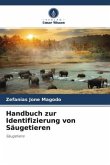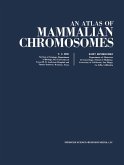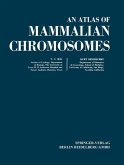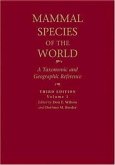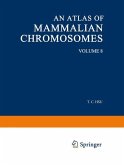Mammals are recognized as a particularly important group in terms of conservation value, whose general characteristic comprises the existence of mammary glands, body totally or partially covered by teeth differentiated by: incisors, canines, premolars and molars, diaphragm, a membrane that separates the thorax from the abdomen and participates in the ventilation of the lungs. For the wildlife manager to be able to manage mammals effectively and sustainably, he must have the ability to identify them and understand their biology, since they are grouped into small and large mammals, the carnivores and the ungulates. The small ones are those that can feed on tree leaves, grasses, insects, and also some omnivores. The big ones are composed of the five largest, or the Big Five. The carnivores are all those with a cat and dog appearance whose search for food is done individually or collectively depending on the type of prey. And, the ungulates are those whose claw ends are in the shape of hooves, such as antelopes, adding the machetes and zebras.
Bitte wählen Sie Ihr Anliegen aus.
Rechnungen
Retourenschein anfordern
Bestellstatus
Storno



